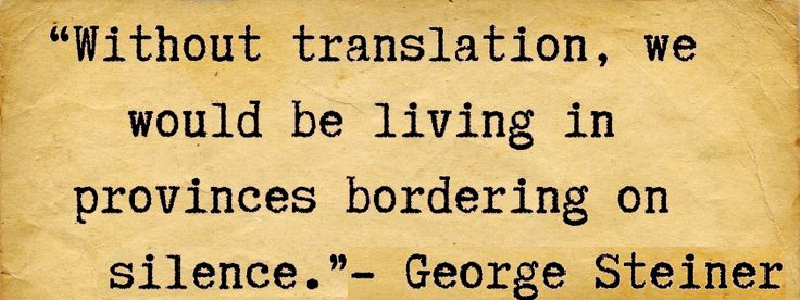Chapter
10
Passage:
You
used to stand at the entrance to the students' hostel and wait for her after
work, staring up the street until her fine form with her adorable gait appeared
in the distance. As she stepped closer and closer, you'd glow with anticipation.
She was like some lovely melody, welcomed wherever she went. As she slipped in
among the dozens of women standing at the grocer's your eyes would follow her
drunk with ecstasy. She'd disappear and reemerge again, your desire and
curiosity increasing all the time--so did your impulse to do something, no
matter what, by word, gesture or invocation--and she'd move off on her way
home, to disappear for the rest of the day and another whole night. And you'd
let out a long, bitter sigh and your elation would subside, the birds on the
roadside trees would cease their song and a cold autumn breeze would suddenly
spring up from nowhere.
But
then you notice that her form is reacting to your stare, that she's swaying
coquettishly as she walks and you stand there no longer, but with your natural
impetuosity, hurry after her along the road. Then at the lone palm tree at the
edge of the fields you bar her way. She's dumbfounded by your audacity, or
pretends to be, and asks you indignantly who you might be. You reply in feigned
surprise, "Who might I be? You really ask who I am? Don't you know? I'm
known to every inch of your being!"
"I
don't like ill-mannered people!" she snaps.
"Neither
do I. I'm like you, I hate ill-mannered people. Oh, no. On the contrary, I
admire good manners, beauty, and gentleness. And all of those things are you!
You still don't know who I am? I must carry that basket for you and see you to
the door of your house."
"I
don't need your help," she says, "and don't ever stand in my way
again!" With that she walks away, but with you at her side, encouraged by
the faint smile slipping through her pretense of indignation, which you receive
like the first cool breeze on a hot and sultry night. Then she had said:
"Go back; you must! My mistress sits at the window and if you come one
step more she'll see you."
"But
I'm a very determined fellow," you reply, "and if you want me to go
back, you'll have to come along with me. Just a few steps. Back to the palm
tree. You see. I've got to talk to you. And why shouldn't I? Aren't I
respectable enough?"
Analysis:
This
passage serves the purpose of allowing the reader a glimpse into the initial
blossoming of the relationship shared between Said and his former wife,
Nabawiyya, prior to Said’s prison sentence. Illustrated in the form of a
flashback, this passage successfully satiates the reader’s curiosity regarding
Nabawiyya’s character whilst simultaneously arousing in the reader a sentiment
of sympathy for Said as he reminisces on his shattered relationship. More
importantly, the reader is invited to observe an unfamiliar romantic facet to
Said’s characterization, which is a sharp deviation from the otherwise
embittered and jaded persona that pervades the remainder of the text in
pertinence to Said’s character.
Through the
use of direct interior monologue, Mahfouz demonstrates Said’s deep admiration
for Nabawiyya at the onset of their relationship: “As she stepped closer and closer, you'd glow with
anticipation.”// “She was like some lovely melody, welcomed wherever she went.”
These lines communicate the fondness that Said experienced
for Nabawiyya, urging the reader to abandon the image of brooding Said to
conjure in the reader a more realistic and emotionally sensitive portrayal.
Mahfouz
goes on to elucidate on how Said audaciously bars Nabawiyya’s way “at the lone
palm tree at the edge of the fields.” The reader then goes on to be acquainted
with the charismatic eloquence that Said employs in appealing to Nabawiyya as
he expresses his admiration for “good manners, beauty, and gentleness,”
followed by proclaiming that, “all of those things” are Nabawiyya. Said’s bold
articulation and expressive demeanor stand in stark contrast to the image that
the reader has built up until this point.
Through the
flashback, Said’s multidimensional character is developed as one with traits of
patience and perseverance who is even attracted to Nabawiyya’s “faint smile
slipping through her pretense of indignation,” showcasing characteristics that
the reader would not naturally associate with Said’s character on the premise
of the events that have previously unraveled in the novella.
The last
line of this passage is significant as Said poses the rhetorical question,
“Aren’t I respectable enough?” This line is particularly ironic in the context
of this point in the plot as the reader has established Said’s character to be
a contemporarily condemned thief in society, however the aforementioned quote
insinuates that Said was once a respectable man in Egyptian society. In a
larger essence, Mahfouz could be connoting the tranquility and stability that
prevailed in Egyptian society prior to the July Revolution that adversely
impacted members of the lower socioeconomic status.
In conclusion,
this passage attains the purpose of granting the reader an insight into Said’s
character through the use of the stream of consciousness narrative technique;
thereby eliciting in the reader a commiseration for Said as the ordeals and
betrayals he has endured has drastically distorted his perception on the many
facets of life.



